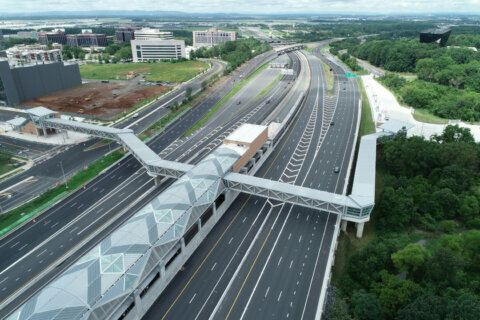
Bickering between Virginia Republicans and Democrats has continued to slow down the redistricting process as the state has repeatedly tried, without success, to find a bipartisan way to draw new political districts.
A bipartisan commission recently established by voters failed to redraw the Virginia General Assembly and congressional districts due to partisan gridlock. Now, partisan problems have emerged once again as the responsibility of drawing the districts falls on the state Supreme Court.
The court asked leaders of both parties to nominate three candidates to help with the process, but in a subsequent letter to the court, Senate Democratic leaders claimed that nominees submitted by Republicans were biased and had “disqualifying conflicts of interest.”
Senate Majority Leader Dick Saslaw said that all of the Republican choices are incapable “of serving as a disinterested special master to assist this court in proceedings that should, by law, be nonpartisan.”
In making his case, Saslaw cited one of the nominees, Thomas Bryan, saying that Bryan was paid $20,000 by Virginia Senate Republicans in September and that the payment was not disclosed to the high court when Republicans nominated him.
Another nominee, Adam Kincaid, previously worked for the Republican National Committee and was found to have engaged in partisan gerrymandering in Ohio in 2010, Saslaw said.
“We hope Republicans will do the right thing for the Commonwealth and choose new nominees whose participation in this important process will ensure Virginians have fair representation in state and federal government,” Saslaw said in the letter.
Saslaw characterized the nominees submitted by Democrats as “leading respected academics in the fields of political science, demographics and law.”
Jeff Ryer, a spokesman for the Republican Senate Caucus, had a different description, calling them “extreme-left academics.”
In an email to the Richmond Times-Dispatch, Ryer said the Democratic nominees have “well-demonstrated records of considering one and only one criteria when it comes to drawing district lines — what will benefit Democrats most.”









